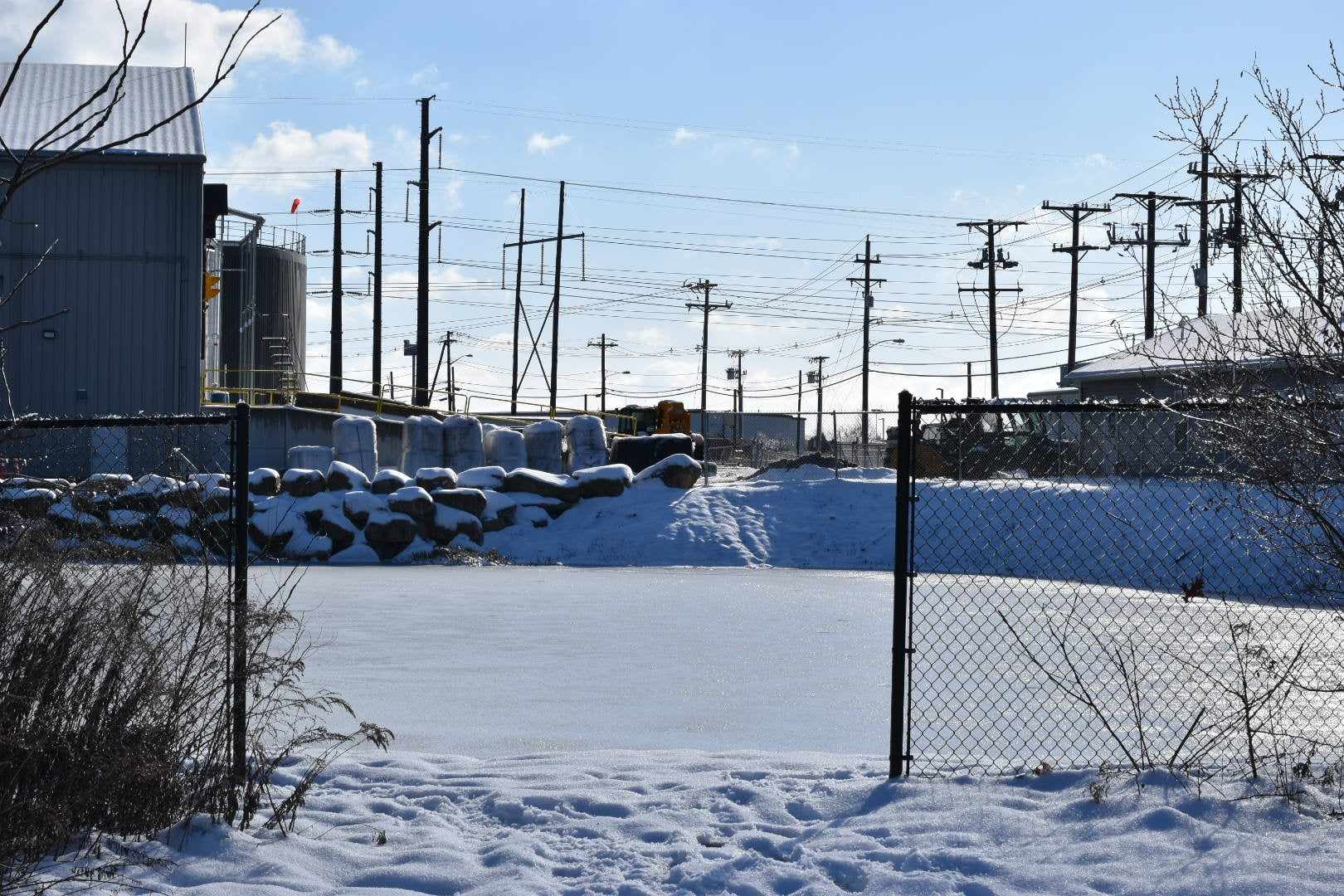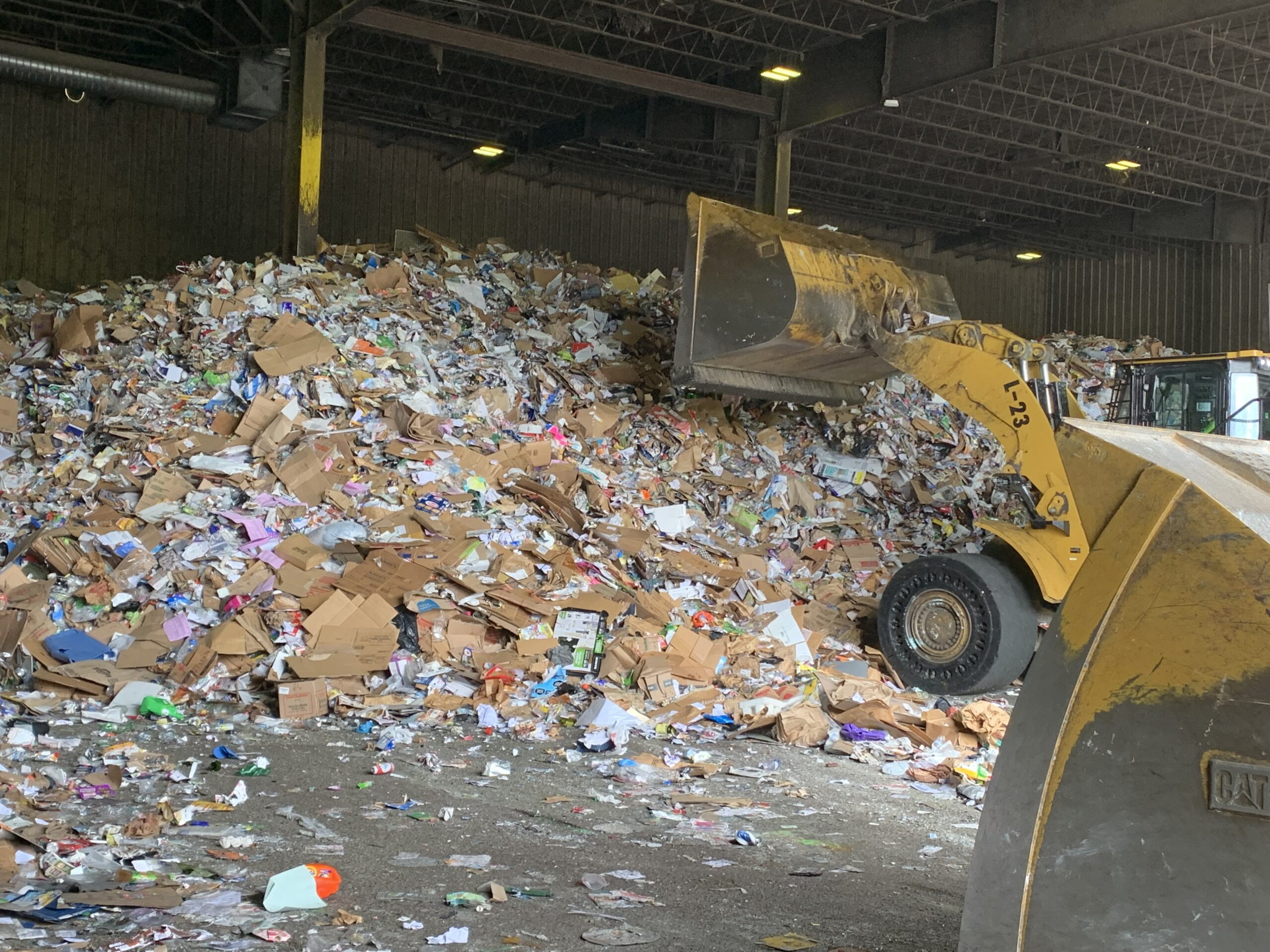What’s Buried in Your Backyard?
September 24, 2009
George Loomis knew he was in trouble when the homeowner had no idea where in his backyard his septic system was buried.
“I’ve been here for thirty years and never had to do anything with it,” the man proudly told Loomis.
Loomis, the program director for the University of Rhode Island Onsite Wastewater Training Center has uncovered septic system tanks so full of solids that a 30-pound crowbar placed in the middle was able to stand up straight.
It takes a long time to pump out one of those tanks. It’s also a sure sign the system has failed and its drain field is damaged.
The self-described “wastewater geek” gets that sort of response or finds that kind of problem far too often when he visits private properties to conduct inspections, demonstrations or trainings.
“Unfortunately, for a very long time now, septic system management policy has been total neglect,” he said.
Loomis and his colleagues at URI’s Cooperative Extension are working on helping Rhode Island homeowners and municipal officials develop new wastewater management practices.
They spent seven years — 2000 to 2007 — working with residents and officials in Charlestown, New Shoreham and South Kingstown to create onsite wastewater management programs that feature mandatory septic system inspections, pump-outs and maintenance, replacement of failed systems and scheduled removal of cesspools.
The goal was to improve wastewater management, especially in areas vulnerable to public-health and environmental risks.
In Charlestown, for example, the phase-out of cesspools begins next year and ends in 2014.
Forty percent of Rhode Islanders get their drinking water from groundwater sources or from small local reservoirs, according to the URI Cooperative. Outdated cesspools and failing septic systems are a major source of pollution to these water supplies.
The three communities recognized that a town-wide wastewater management plan could help them keep drinking-water supplies safe, protect coastal waters and guide future growth. The URI Cooperative Extension, along with government, academic and community partners, provided the towns with training, guidance and funding.
In fact, the cumbersomely titled report “The Block Island/Green Hill Pond Watershed Wastewater Demonstration Project” that came out of all that work helped nudge lawmakers into adopting a statewide cesspool phase-out law, which went into effect last year.
Rhode Island banned cesspools in new construction in 1968, but there are an estimated 50,000 still functioning, including a few thousand in high-risk areas.
Since the report came out in 2007, seven other Ocean State communities have adopted a Department of Environmental Management-approved onsite wastewater management program.
But Rhode Island’s communities still have a long way to go to make up for their longtime hands-off approach to onsite wastewater management.
Rhode Islanders generate more than 150 million gallons of wastewater daily, according to the Rhode Island Clean Water Finance Agency. In many areas of the state, wastewater is collected at 19 municipally owned treatment facilities and purified before it finds its way back into the Ocean State’s waterways.
But nearly a third of the state’s households dispose of sewage and wastewater into septic systems and cesspools buried under their own backyards, often on property that also contains well water for drinking and bathing. And many of the systems used by those 135,000 or so households are either inadequate or failing.
The standard septic system design first appeared in the 1950s, and by 1970 many states, including Rhode Island, had adopted minimum septic system design standards.
Repairs to these antiquated systems are costly; properly replacing a failing system or phased-out cesspool can be difficult on small lots; and sewers are no longer considered the most environmentally sound solution to getting rid of wastewater, as growth attracted by the system’s capacity brings polluted runoff.
New technologies that focus on treating wastewater better are the latest tool in fighting groundwater pollution.
Today’s conventional septic systems, which are similar to the 1950s model, remain the simplest and low-cost choice for low-density development with good soils and favorable site conditions, according to Lorraine Joubert, the program director for the Cooperative Extension’s Nonpoint Education for Municipal Officials.
For different and/or sensitive sites, including places where there are site constraints or critical water resources, high-tech wastewater systems provide alternatives to homeowners and developers.
These advanced onsite treatment systems, unlike conventional systems, in which wastewater receives no extra treatment before it leaches into the drain field, offer numerous treatment options and often are the most sustainable from both an economic and environmental perspective, Joubert said.
According to Joubert, about 30 percent of permits approved annually in Rhode Island are for advanced onsite wastewater treatment systems, which feature a separate unit installed after the septic tank that treats sewage pollutants, such as nitrogen and phosphorous, that impair water quality before the effluent is discharged into the drain field.
“After the effluent has been treated by one of these systems, it looks and smells like tap water,” Loomis said.
Loomis — Joubert referred to him as a “wastewater guru” — has installed about 50 advanced onsite treatment systems in the past decade, for demonstration and training purposes. He said these systems need to be pumped out less frequently than conventional systems, but noted that they require one to two annual maintenance visits a year. Each maintenance visit costs about $350 and can last up to two hours.
“If one of these systems fail, it can be pricey to repair,” he said. “But if they are properly maintained, they are cost-effective systems that are environmental friendly.”
Advanced onsite treatment systems typically cost between $25,000 and $30,000.
Categories
Join the Discussion
View CommentsYour support keeps our reporters on the environmental beat.
Reader support is at the core of our nonprofit news model. Together, we can keep the environment in the headlines.
We use cookies to improve your experience and deliver personalized content. View Cookie Settings



